Fair was part of new county’s drive to lure newcomers | Sarasota History, Jeff LaHurd
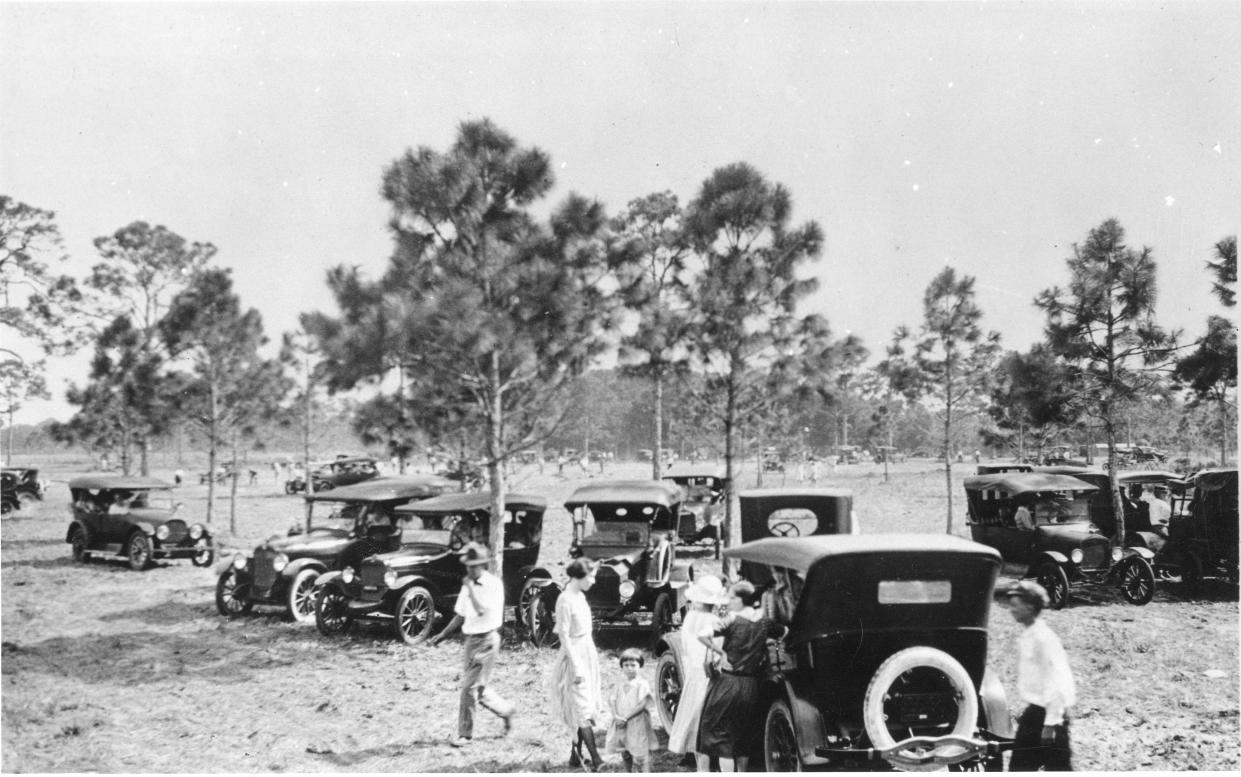
- Oops!Something went wrong.Please try again later.
On Sept. 27, 1923, multi-term mayor Everett Bacon declared a public workday, drawing together citizens to construct both a baseball diamond and a site for a county fair at the same place and at the same time, and for the same reason – to publicize the assets of newly established Sarasota County.
A photo was inscribed, “Building a Fair Grounds in One Day. Sarasota Fla. September 27, 1923.” The photograph captures the men, women and children at work; the men doing the heavy labor, the women making them lunch and other refreshments, and the children darting about fetching and carrying.
The 60-acre property in transformation was sold to the city for a sweetheart deal by civic leaders Calvin and Martha Payne, with the stipulation that the grounds be used only “for fairgrounds and other park purposes.”
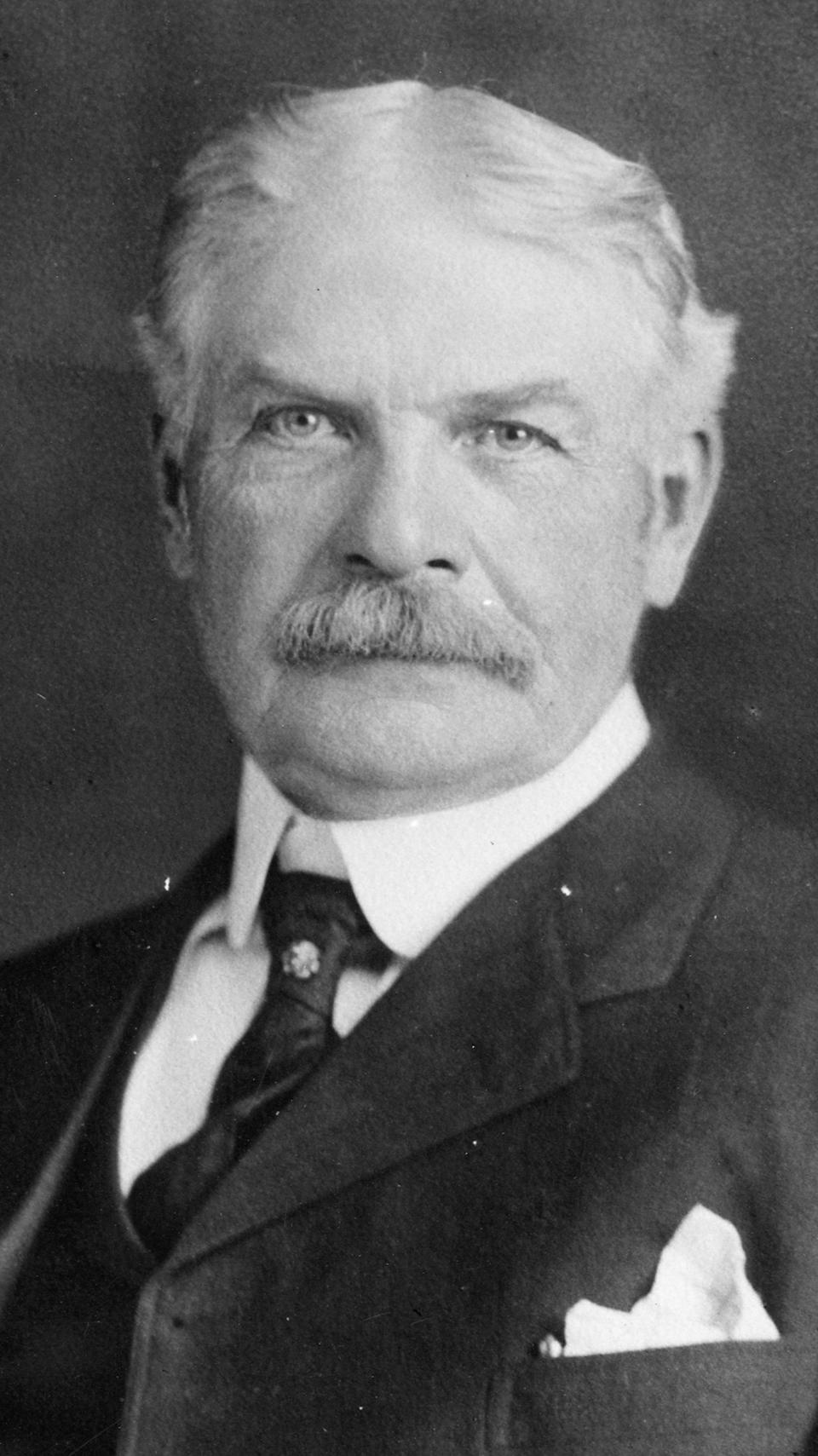
Both venues were important for the newly established county, which had broken away from Manatee in 1921. Each project would showcase the best of Sarasota and attract newcomers.
In the 1920s baseball was far and away America’s favorite spectator sport and snowbirds were drawn to communities which provided spring training. Too, the presence of big leaguers boosted the economy, but most importantly, the accompanying big city newsmen generated reams of free national publicity, an absolute necessity for growing cities.
Several teams expressed interest in training here, notably the legendary Connie Mack’s Philadelphia Athletics and the mighty New York Yankees, with Babe Ruth, the Sultan of Swat. But each team ultimately bowed out.
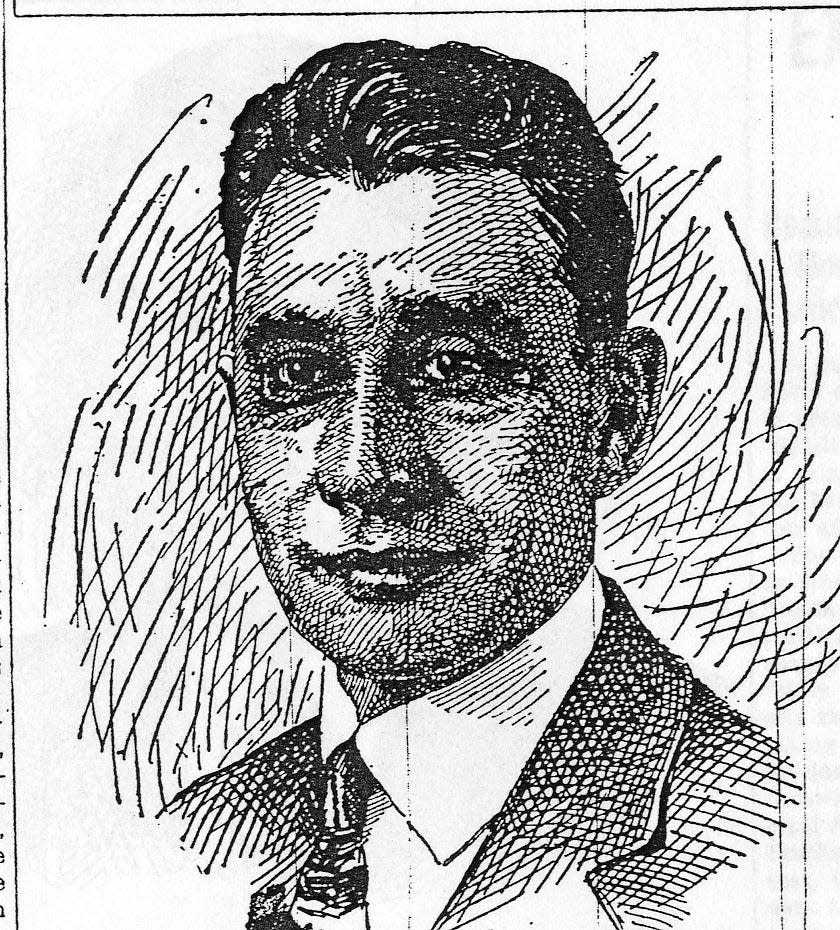
John Ringling with his many New York connections intervened, bringing the powerhouse New York Giants, which had won the World Series in 1921 and 1922, and the National League Pennant in 1923. John J. McGraw, their colorful and feisty manager, was one of the most readily recognized names in the sports world.
At Polo Grounds, the Giants’ stadium, McGraw, aka Little Napoleon, declared Friday as Sarasota Day. The Times reported, “this being one of the ways in which manager McGraw is helping to advertise Sarasota.”
Upon snaring such a popular team, The Sarasota Times enthused, “There should be a monument erected at Five Points with John Ringling on one side and John McGraw who yielded to the importunities of Mr. Ringling on the other.”
As for the Sarasota County Fair, these were the long-ago days, before the advent of fried butter, cotton candy, goldfish in a sack of water and a foul tongued man sitting over a barrel of water hurling insults at passersby.
Small town fairs were homespun mini-expositions; an annual must-have event to highlight an area’s progress and hopefully attract newcomers impressed with what was on the local menu.
For any event, the first time is usually a big deal and so it was for the initial County Fair, which took place on Jan. 23, 24, 25, and 26 of 1924. As was often the case in those days, the community pulled together to make the fair a success – saying goodbye became “see you at the fair.”
Optimism ran high, a matter of immense pride for the new county. The Sarasota Times, ever the booster, bragged the fair would be “the biggest and most beautiful county fair and exposition in the entire south this year.” The paper editorialized that the local enthusiasm and determined effort “will be another proof of the spirit ... which is making this county the best in all Florida.”
It was said that skeptics who visited the fairgrounds would be convinced that the fair was a great idea ... “teeming with possibilities beyond the dreams of its most ardent boosters.”
Buildings were immediately erected to showcase the many displays collected by the members of the Fair Association.
The audience on the midway grounds were entertained by the Johnny Jones shows, with continuous performances from 10 a.m.-10 p.m. Other bands played as well, and excitement was provided by barnstorming pilots doing stunts in their aeroplanes.
Horse racing was popular, and an oval was laid out for races, later dubbed the best half oval in the state. There was also a rodeo and demonstrations of fine horsemanship.
Families could saunter over to the automobile exhibit and cast a covetous eye on the latest models available. An Essex was offered for $1150. But more realistically, a new Ford Model T could be purchased for $265, in black of course.
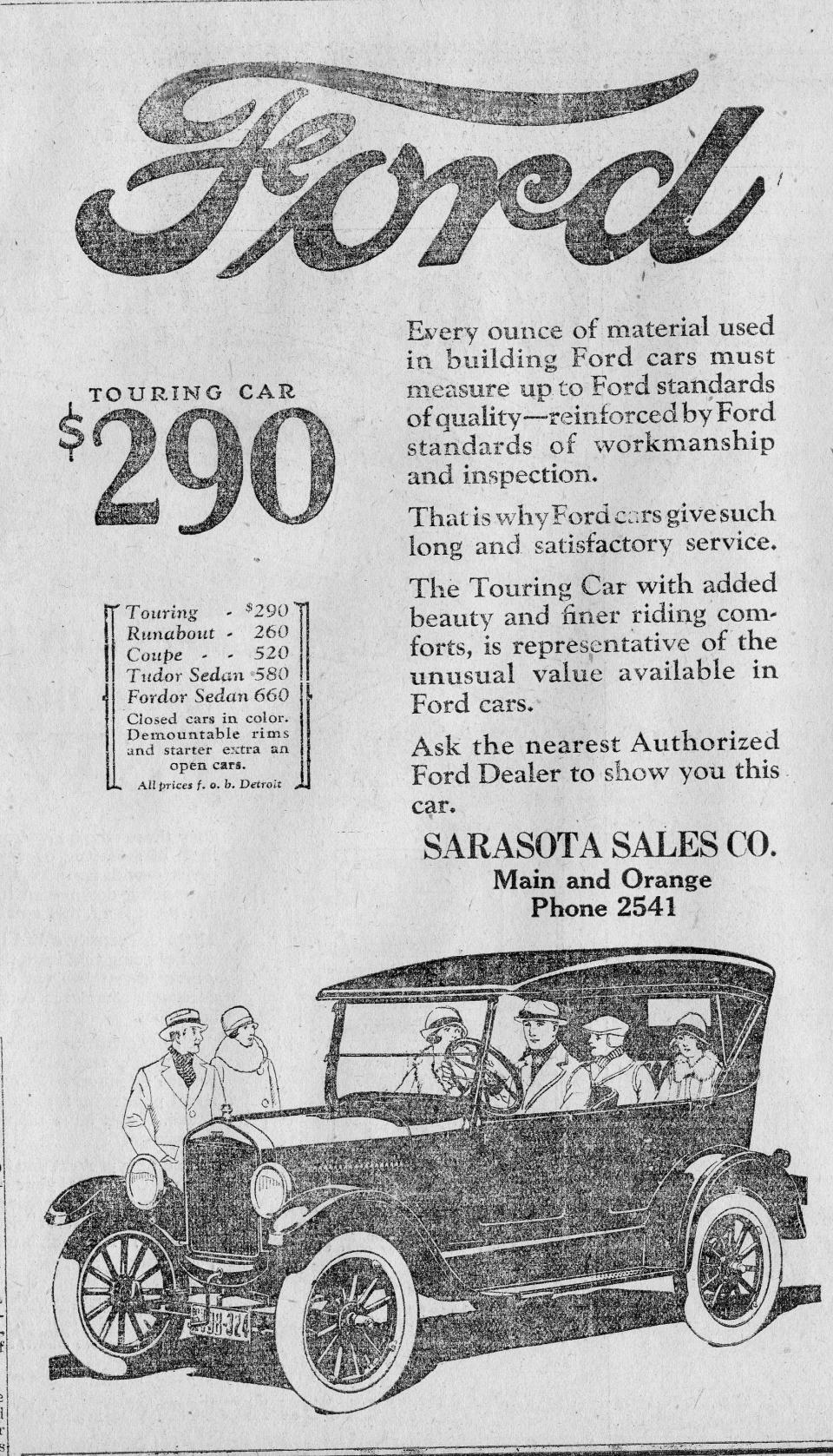
Mrs. E.A. Smith and Mrs. Dr. Jack Halton headed up the women’s exhibits. Absent fried butter, Mrs. Smith approved the request of the Bee Ridge Women to sell sandwiches and cakes, and other edibles. At the Woman’s Building, along with the numerous exhibits, of jams, jellies, preserves and cakes, intricate knitting, crocheting, quilting “fancy work” and children’s clothing were on display. To raise money to pay for the electrical wiring and fixtures, the ladies held a barn dance.
One well-attended event was a welfare clinic put on by Dr. J.W. Johnston who offered advice on child rearing and handed out educational pamphlets.
The baby show for children two years old and younger drew many onlookers and beaming parents. Prizes of gold were awarded. For the overall winner: $10 in gold. The best boy 6 months to 1 year, $5 in gold; best girl one to two years, $5 in gold; and the same amount for several other categories. Three local doctors – Dr. Joe Halton, Dr. O.H. Cribbins and Dr. Leffingwell of Bradentown were the judges. The criteria used in the judging process was not revealed in the paper.
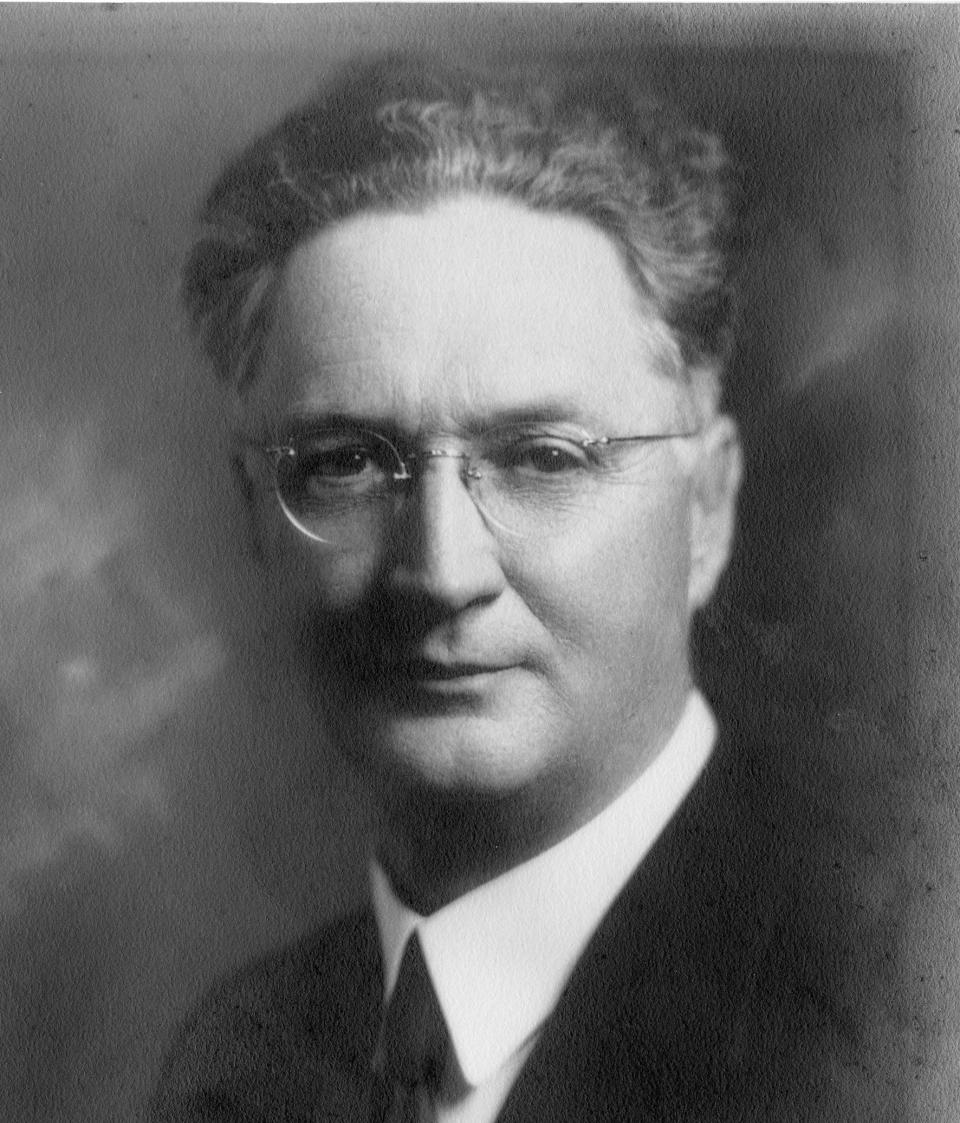
Only slightly less popular than the baby event was the dog show.
Twenty thousand day-old chicks were shipped into the county to various breeders to build up the poultry industry of this section. “No place in all America is more favored in this respect than Sarasota County.”
Other exhibits on display included the cornucopia of area grown fruit, vegetables, and livestock which were bountiful in Sarasota. Farming and ranching were an early draw for new settlers, and The Times promised farmers would gain “valuable ideas for use in their own work.”
New machinery was displayed along with radio apparatus and an educational exhibit on natural history. Hundreds of specimens of birds, animals, reptiles and fish collected by noted naturalist and taxidermist H.L. Ferguson were put on exhibit. Many of these were from Myakka, “where untold wildlife exists.”
The festivities were not limited to the grounds. The entire city was decorated with colorful bunting, a truck with a loudspeaker drove around announcing the goings-on at the fair, and marching bands performed. Arrangements were made to make a motion picture record of the fair in conjunction with the Florida Development Board.

Special trains were arranged through the Seaboard Air Line railway to bring passengers from Tampa and St. Petersburg wishing to attend.
The fair culminated with the arrival of Hernando De Sota and his daughter Sara, part of the popular Sara de Sota Pageant, which paraded from the Municipal Pier to the Fair Grounds.
The festivities were summed up best by The Sarasota Times, which headlined on the front page: COUNTY FAIR EXHIBITS PLEASE BIG CROWDS.
The 1925 version would be bigger and better. But still no fried butter.
Jeff LaHurd was raised in Sarasota and is an award-winning historian.
This article originally appeared on Sarasota Herald-Tribune: Sarasota County Fair history began with the community coming together
